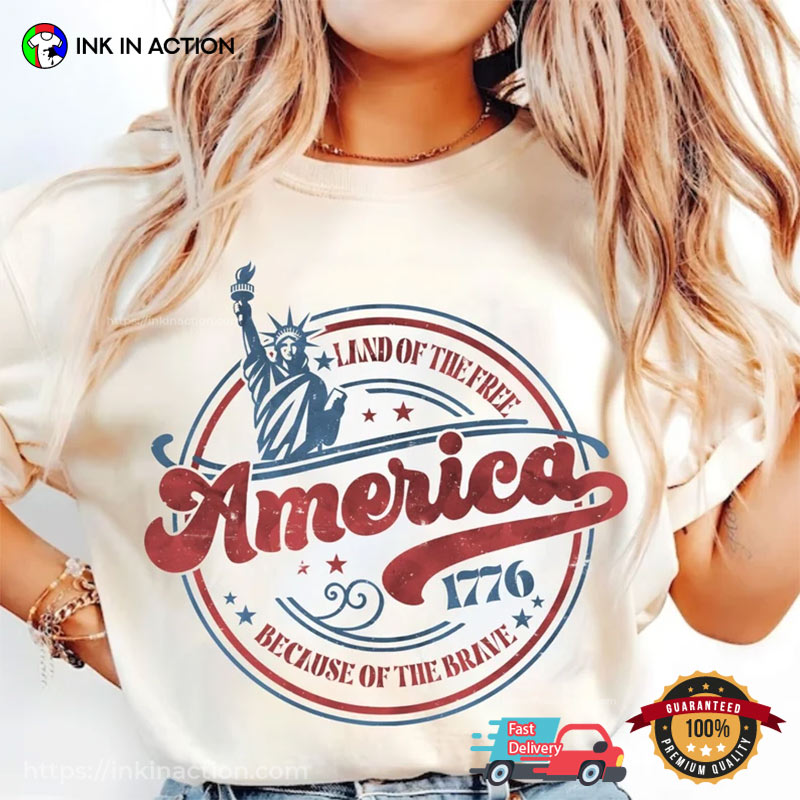Holidays
11 Fascinating Facts About the Declaration of Independence
As the cornerstone of American freedom, the Declaration of Independence is a document rich in history and significance. While many are familiar with its primary purpose and famous opening lines, there are numerous intriguing details that add depth to its story. Here are some fascinating facts about the Declaration of Independence that you might not know.
1. The Declaration Wasn’t Signed on July 4th
Contrary to popular belief, the Declaration of Independence wasn’t actually signed on July 4, 1776. The Continental Congress officially adopted the Declaration on July 4th, but most delegates signed the document on August 2, 1776. Some signatures were added even later.
2. A Committee of Five Drafted the Declaration
The task of drafting the Declaration of Independence was assigned to a Committee of Five: Thomas Jefferson, John Adams, Benjamin Franklin, Roger Sherman, and Robert R. Livingston. However, Thomas Jefferson was the primary author, with input and revisions from the others.
3. The Declaration Had Multiple Drafts
Jefferson’s original draft underwent several revisions before the final version was adopted. The Committee of Five made changes, and the Continental Congress edited the draft further, removing about a quarter of Jefferson’s original text, including a passage criticizing the British monarchy for perpetuating the slave trade.
4. Dunlap Broadsides: The First Printings
On the night of July 4, 1776, John Dunlap, a Philadelphia printer, was tasked with printing the first copies of the Declaration of Independence. These copies, known as Dunlap Broadsides, were distributed to the colonies and read publicly. Only 26 of these original broadsides are known to exist today.
5. The “Original” Document
The engrossed copy of the Declaration of Independence—the one with all the signatures—was handwritten by Timothy Matlack, an assistant to the Secretary of the Continental Congress. This is the version displayed in the National Archives in Washington, D.C.
6. Signers Risked Their Lives
By signing the Declaration, the 56 delegates of the Continental Congress were committing an act of treason against the British Crown. This brave decision put their lives, fortunes, and sacred honor at risk, as they could have faced execution if the revolution had failed.
7. Not All Delegates Signed
Although 56 delegates eventually signed the Declaration, not all were present at the same time, and some who were present on July 4, 1776, did not sign. John Dickinson of Pennsylvania, for example, chose not to sign because he still hoped for reconciliation with Britain.
8. Influences on the Declaration
The Declaration of Independence drew upon various philosophical and political sources. John Locke’s theories of natural rights and the social contract were particularly influential. The document also echoed the sentiments of earlier documents, such as the Virginia Declaration of Rights, drafted by George Mason.
9. The Declaration’s Global Impact
The Declaration of Independence has inspired numerous other nations and movements. Its assertion of universal human rights and the principles of self-governance influenced the French Revolution and later declarations of independence around the world.
10. Preservation and Display
The Declaration has had a tumultuous history of preservation. During World War II, it was moved to Fort Knox for safekeeping. Today, it is preserved under controlled conditions in the National Archives’ Rotunda for the Charters of Freedom, where it is displayed alongside the Constitution and the Bill of Rights.
11. The Legacy of July 4th
July 4th is celebrated as Independence Day in the United States, but the date has also taken on symbolic importance. On July 4, 1826, exactly 50 years after the Declaration’s adoption, both Thomas Jefferson and John Adams passed away, underscoring the day’s historical significance.



Conclusion
The Declaration of Independence remains a powerful symbol of liberty and democracy. These fascinating facts highlight not only its historical importance but also the courage and foresight of those who crafted and signed it. As we celebrate Independence Day, let’s remember the rich legacy and enduring values embodied in this seminal document.



